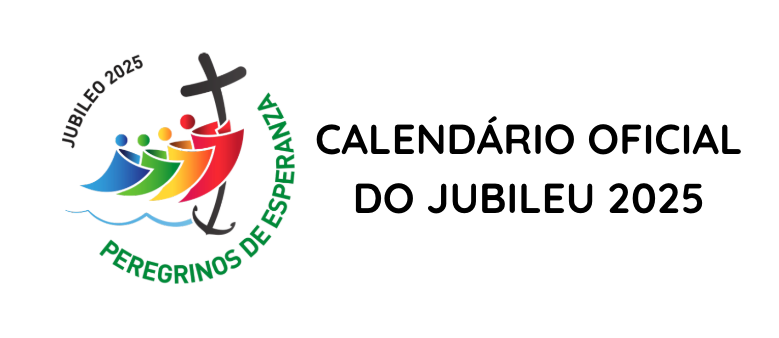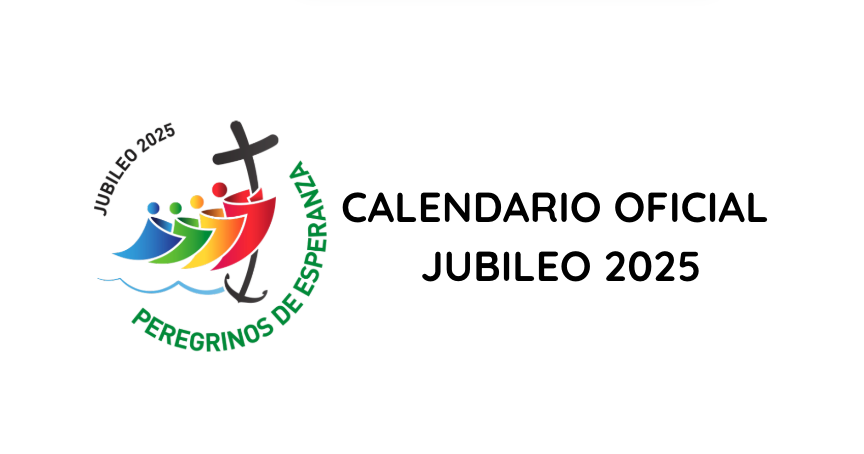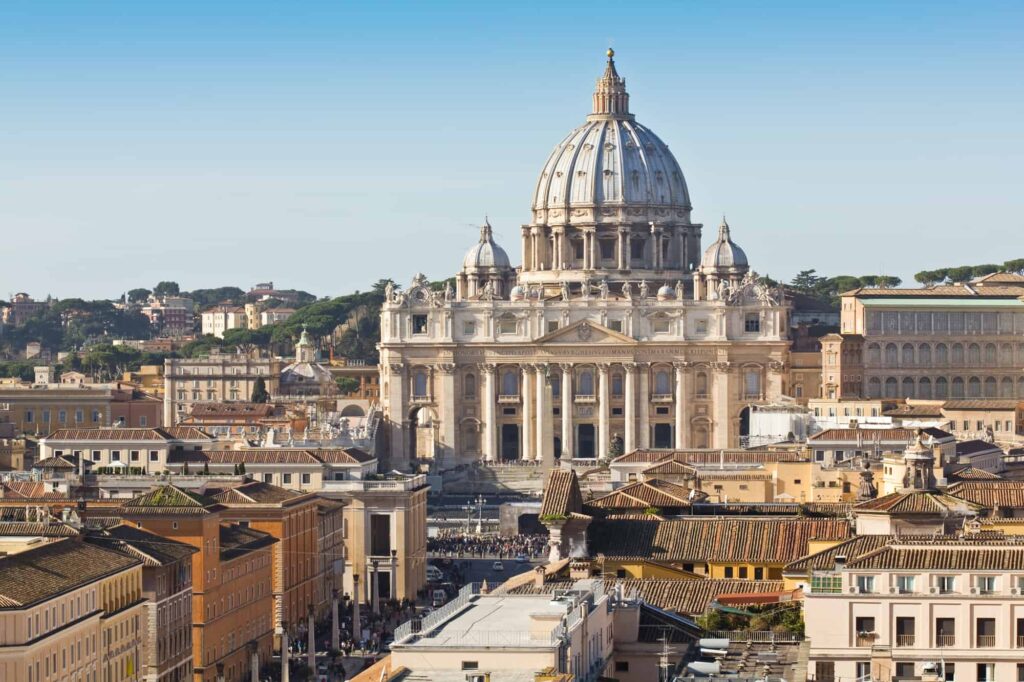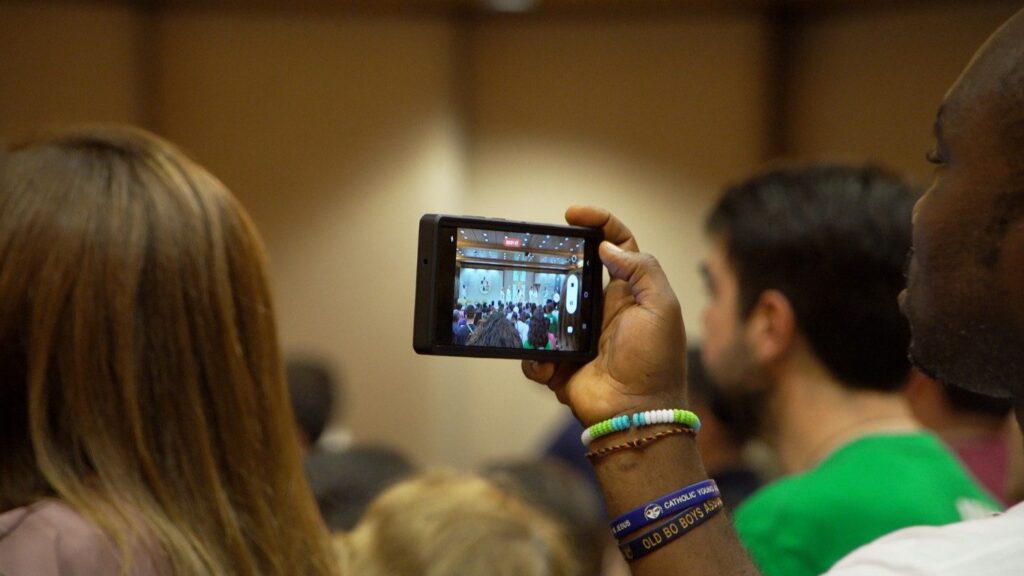Rumo à presença plena – Intro Francisco Sosa . O modelo proposto pelo documento está em consonância com a proposta do magistério social do Papa Francisco, especialmente na escolha da parábola do “Bom Samaritano” (Lc 10, 30-36), como ele fez em Fratelli Tutti ao tratar da paz e da amizade social. A partir disso, surgem duas questões que proponho para uma breve reflexão: é possível ser próximo de todos nas redes sociais? E, consequentemente, é possível construir comunidade para além de todas as diferenças? Quem é o próximo? Para definir o “outro”, o “próximo ferido” nas redes sociais, o documento cita Francisco: “para decidir quem é o meu próximo e quem não é. Depende de mim ser ou não próximo — a decisão é minha —, depende de mim ser ou não ser próximo da pessoa que encontro e que precisa de ajuda, mesmo que seja estranha ou até hostil” (FT 55). O texto também menciona como exemplos de discórdia as discussões que ocorrem nas redes, inclusive entre católicos. Além disso, ao fazer uma leitura transversal do documento, podemos observar que a diferença entre “uns” e “outros” não está claramente delimitada — ou seja, não se refere apenas a católicos e não católicos, nem sequer a crentes e não crentes —, mas sim àqueles “uns” e “outros” que discutem, brigam e se insultam, sem entrar em diálogo, evangelização ou comunhão. Essa ambiguidade na não definição pode expressar, não uma carência, mas uma riqueza: o chamado é para alcançar a comunidade, além das diferenças (dentro da Igreja, “todos, todos, todos”, como Francisco costumava dizer). No entanto, deixando de lado uma atitude ingênua, muitas vezes parece difícil alcançar a comunhão diante de algumas posições tão radicalizadas ou extremas. E aqui não me refiro a não crentes ou pessoas de outras confissões, mas, em particular, a próprios católicos romanos. E, ainda que seja verdade que a tensão e o conflito sejam saudáveis, e que seria um erro exigir uniformidade numa Igreja que é “católica”, também é verdade que há setores (muitos nas redes sociais) que polarizam suas opiniões, tornando-se até propagadores da exclusão e do ódio. Como ser e construir comunidade diante dessas diferenças? O documento propõe, ao final, a construção de comunidades nas redes sociais. Diante da questão levantada no ponto anterior, considero oportuno recordar o princípio bergogliano de que “a unidade prevalece sobre o conflito” (Evangelii Gaudium, 226). O texto reforça a importância do encontro, da partilha à mesa, do convívio presencial, gerando comunidade e encontrando-se na Eucaristia. No entanto, assim como o ferido à beira do caminho na parábola do Bom Samaritano, também encontramos nas redes sociais pessoas que estão muito distantes — não apenas de práticas eclesiais, mas também da possibilidade de um encontro presencial (seja por distância geográfica e/ou existencial). Nesse sentido, em consonância com o magistério pastoral de Francisco, é importante lembrar que devemos priorizar o tempo e os processos (EG 222), mais do que espaços a conquistar. A evangelização por imposição doutrinal e disciplinar, de “jogar verdades na cara” das pessoas, já não tem mais lugar — muito menos no espaço digital. As redes sociais não podem continuar sendo monólogos cruzados disfarçados de diálogos em postagens e comentários. Por fim, como o documento recorda, a Igreja é essencialmente comunidade; não evangelizamos sozinhos. A lógica dos influencers que atuam isoladamente não deveria ter espaço no cristianismo. É urgente gerar não apenas redes, mas comunidade e fraternidade entre evangelizadores digitais. Não se trata apenas de nos reunirmos para a Eucaristia ou para compartilhar espaços, mas de nos pensarmos como uma comunidade eclesial que se une nas diferenças e que verdadeiramente sabe apreciar e celebrar sua diversidade — reconhecendo-se como uma “assembleia sinodal” que anuncia, de forma una e plural, o Reino e o amor de Deus. A seguir, transcrevemos o documento completo: . DICASTÉRIO PARA A COMUNICAÇÃO Rumo à presença plena Uma reflexão pastoral sobre a participação nas redes sociais 1) Foram dados grande passos na era digital, mas uma das questões urgentes que ainda deve ser abordada é o modo como nós, enquanto indivíduos e comunidade eclesial, devemos viver no mundo digital com “amor ao próximo”, genuinamente presentes e atentos uns aos outros na nossa viagem comum ao longo das “rodovias digitais”. Os progressos tecnológicos tornaram possíveis novos tipos de interações humanas. Com efeito, a questão já não é se, mas como devemos participar no mundo digital. As redes sociais são, em particular, um ambiente em que as pessoas interagem, compartilham experiências e cultivam relacionamentos como nunca antes. Mas ao mesmo tempo, dado que a comunicação é cada vez mais influenciada pela inteligência artificial, há necessidade de redescobrir o encontro humano em sua própria essência. Nas últimas duas décadas, nosso relacionamento com as plataformas digitais passou por uma transformação irreversível. Sobressaiu a consciência de que estas plataformas podem evoluir até se tornar espaços cocriados, não apenas algo que usamos de maneira passiva. Os jovens – assim como as gerações mais velhas – pedem para ser encontrados onde estão, inclusive nas redes sociais, pois o mundo digital é “parte integrante da identidade dos jovens e do seu modo de viver”.[1] 2) Muitos cristãos pedem inspiração e orientação, uma vez que as redes sociais, que representam uma expressão da cultura digital, tiveram um impacto profundo quer nas nossas comunidades de fé, quer nas nossas jornadas espirituais individuais. Existem abundantes exemplos de participação fiel e criativa nas redes sociais em todo o mundo, tanto de comunidades locais como de indivíduos que dão testemunho da sua fé em tais plataformas, muitas vezes de maneira mais abrangente do que a Igreja institucional. Também existem numerosas iniciativas pastorais e educacionais, desenvolvidas por Igrejas locais, movimentos, comunidades, congregações, universidades e indivíduos. 3) A Igreja universal abordou também a realidade digital. Por exemplo, desde 1967 as mensagens anuais para o Dia Mundial das Comunicações Sociais têm oferecido uma reflexão contínua sobre o tema. A partir dos anos 90, estas mensagens abordaram o uso do computador e, desde o início dos anos 2000, refletiram de maneira






